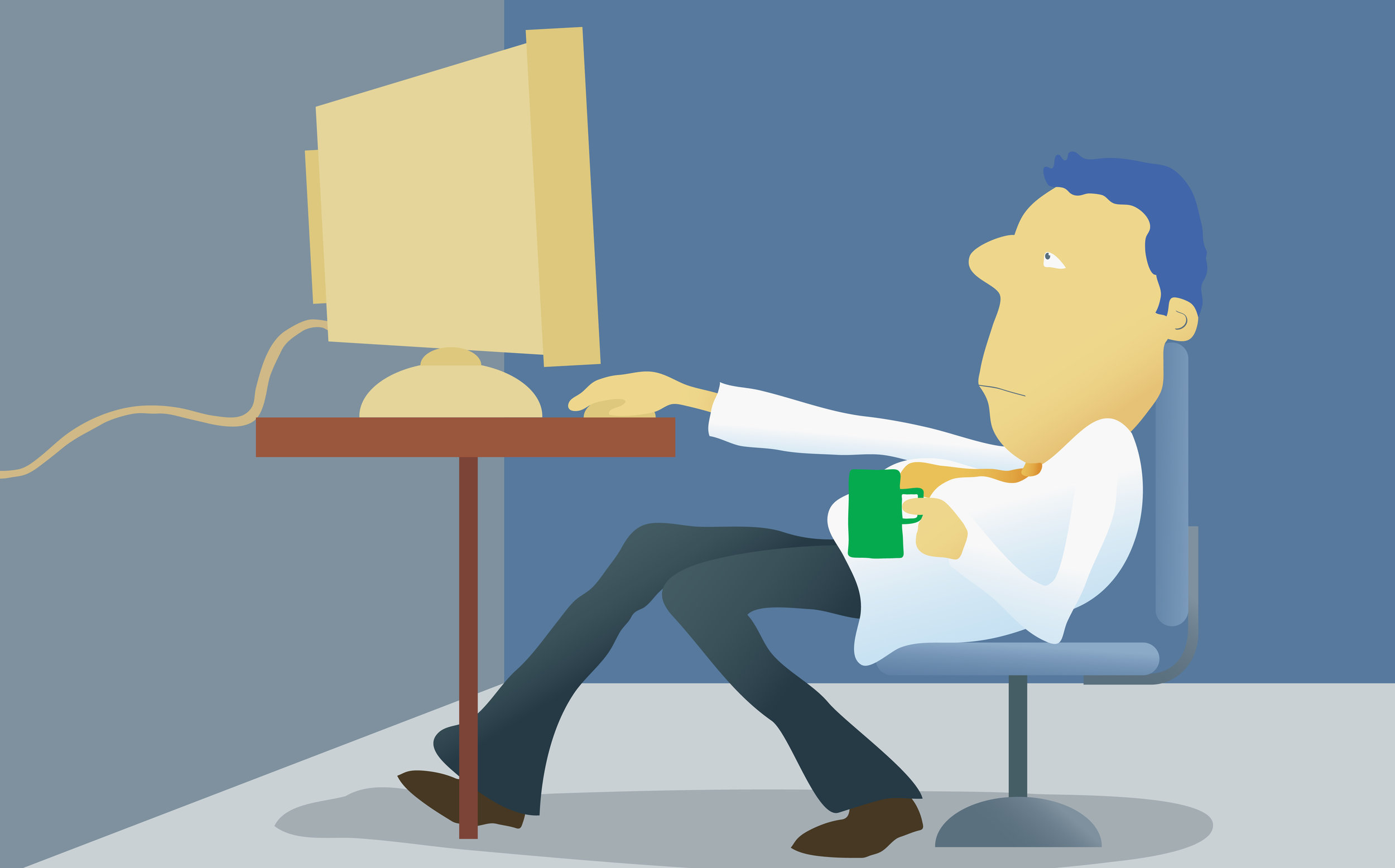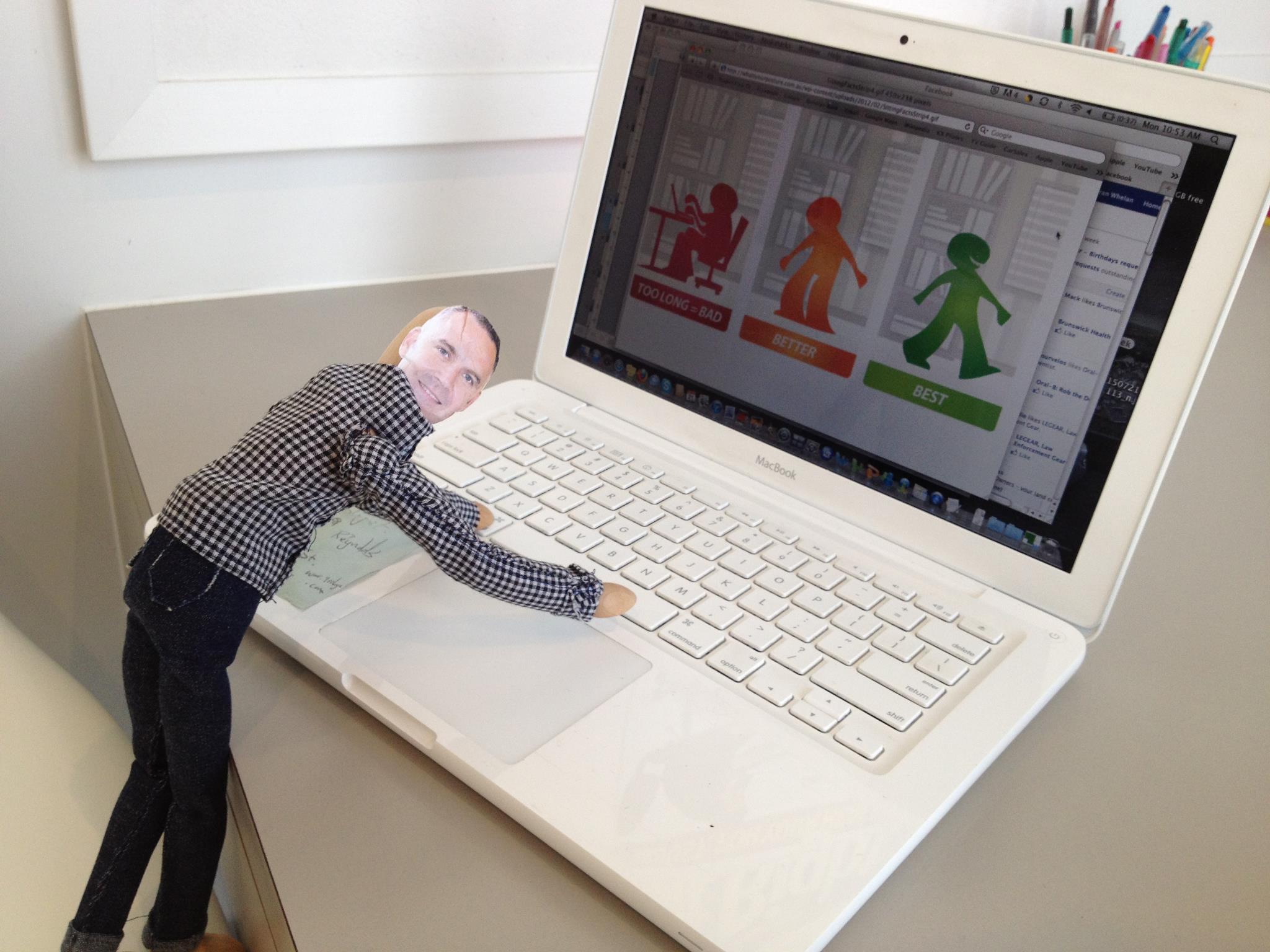"How should I be sitting?"
We often get asked this by our clients and on the surface it sounds like a pretty simple and straight forward question but when you think about it, its a much broader subject than it first appears.
If you subscribe to the theory that the researchers at QI are correct about pretty much everything (and let's face it, who doesn't?) then this video will explain to you a little about the *ideal* way to sit, but what do they mean by the BEST way to sit?
For instance, it could be argued that what you are sitting FOR might actually dictate how you could best attempt to sit. Then again, there are some people who argue that we shouldn't be sitting for more than just short periods at all!
In this post I wanted to discuss a few different types of sitting and when you might want to use them.
But Kieran, what do you mean by different types of sitting?
I'm glad you asked! there are a few different ways in which we position our bodies when we sit and each has its own set of pros and cons.
In the video above, they make reference to sitting with an angle between your low back and your hips of roughly 30 degrees. They don't specify this in the video but sitting with an angle like that refers to research for the best sitting position to ease pressure on your lower lumbar vertebrae and disks, hopefully reducing the risk of low back pain or injury including disk bulges.
When I was studying biomechanics as part of my Bachelor of Applied Science (Chiropractic) at RMIT, (back then, the course was an undergraduate degree and a Masters by course work instead of the 5 year Bachelor degree Chiropractors currently undertake...also Youtube was only 1 year old...thats not relevant to that last point other than it gives you an indication of how old I must be) we learned that the ideal angle to sit was indeed NOT sitting up straight but between 100-110 degrees. Definitely within the ball park of what this episode of QI suggests.
So why are we always trying to sit up straight?
It seems strange doesn't it that despite scientific evidence to the contrary, that we should still be obsessed with sitting up straight.
I can't find any rational reasoning for this but I posit that it's due to our societal awareness of posture in reference to our shoulders and head forward positions, rather than any awareness of our spinal health at large.
Well then...which is it? Posture or low back health?
To be completely honest, I do not believe that there is one answer to this question.
Firstly, if you know you have, or at risk of a low back injury, then it is reasonable for you to, as much as possible while sitting, attempt to have an appropriate angle of between 10 and 30 degrees beyond sitting up straight. I would also add, if you have or believe you are at risk of a low back injury, please contact us at Align Chiropractic to see what ELSE you can do to get on track beyond remembering how to sit.
Secondly, if you don't have a specific reason or concern in reference to your low back, then as stated earlier, perhaps it is best to remember the context in which you find yourself sitting.
If you are going to be at a computer for most of the day, then a focus on correct sitting posture.
A couple of quick reminders are:
- Key board - Positioned more directly in front of you, so you aren't reaching for it or turning your wrists to get the correct angle.
- Screen - Directly in front of you,at a height where your eyes are aimed directly in the middle just about the centre of the screen.
- Chair - Adjusted to a height where your feet can easily touch the floor with your hips at or just past 90 degrees to your torso.
- Mouse - Just to the side of the keyboard, easy to reach in a way that keeps your arm bent, not reaching for it.
- Alignment - Sitting up straight, don't slouch and don't let your head and shoulders slump forward.
Always remember to keep what you need to use IN FRONT OF YOU in an easy position to use.
Computers and equipment was designed to fit US, not the other way around!
Your other best line of defence is to try utilise a standing desk for at least some part of the day!
However, the above video raises an interesting point, If sitting more casually, i.e. watching a movie etc, then sitting up straight as if you are using a computer doesn't really feel like it makes much sense. Lets face it, it doesn't matter who you are, no one can sit up straight for extended periods of time.
It makes sense to do it while working, where we can get up from the desk to stretch, get water or to stop our body from fatiguing, but if you're planning to sit and enjoy Casino Royal, re watch the Back to the future trilogy or binge The Sinner, then you can hardly annoy everyone you're watching with and interrupt the show with incessant stretching.
This is where finding that 10 to 30 degree angle for your low back really comes to the fore.
Similarly while driving, I do not expect you to stop every 20-40 minutes on your daily commute for a walk, so keep that position in mind when you set up your car seat (I will post about correct driving position in the near future, but as a general rule, give yourself that slight angle, position the steering wheel so you aren't leaning forward to reach for it and make sure your head isn't being pushed forward by the headrest).
Another question we get asked frequently is should you sit on a gym ball instead?
My answer is always the same...if your living room or office aesthetics suit the presence of a gym ball as a permanent piece of furniture, then perhaps posture and sitting is NOT the biggest issue you are currently experiencing.
More seriously though, in my experience, sitting on a gym ball doesn't provide you with a better sitting technique for an extended period. Like anything, our body will fatigue if we ask it to hold a more rigid position for a long time and eventually we all end up slumping. Personally, I believe that a gym ball can actually help you to slump your shoulders forward as it offers you no form of support to relax into a better position.
If you DO insist on sitting long term on gym ball, always be mindful of when your head slumps forward and your low back has started to curve in the opposite direction.
Yep, just like any product sold on late night infomercials, the sad reality is, sitting on a gym ball will NOT automatically give you abs.
The same can be said of ergonomic chairs or those kneeling 'chairs', not only are they usually more of an eyesore than you would hope them to be, they are really about trying to make the most of a crummy situation. They will try place you in a better posture but without adjusting your position, mindfulness of your body and remembering to get up and move frequently, your body will always try to reduce energy expenditure and slack off as soon as you aren't looking.
So what SHOULD I be sitting on?
For a hint at the type of chairs we at Align DO actually like people to sit in, look at the furniture in our practice.
The Eames chairs we have in the practice weren't just chosen for how beautiful they are, or how well they stand up to being sat on by hundreds of people, they also allow you to be comfortable in a relatively good position for a reasonable period of time.
At the end of the day, there really is no substitute for body awareness.
Listen to your body. Stand up when you need to stand up, move when you have to move, and re-position yourself when your body tells you it needs re-positioning.
To discuss the best ways to combat bad posture, exercises to improve your ability to sit better, or discuss your concerns about your posture, contact us at Align on (03) 9696 1057, or bring it up during your next visit so that we can discuss your issues specifically and tailor an approach to your and your needs.




















